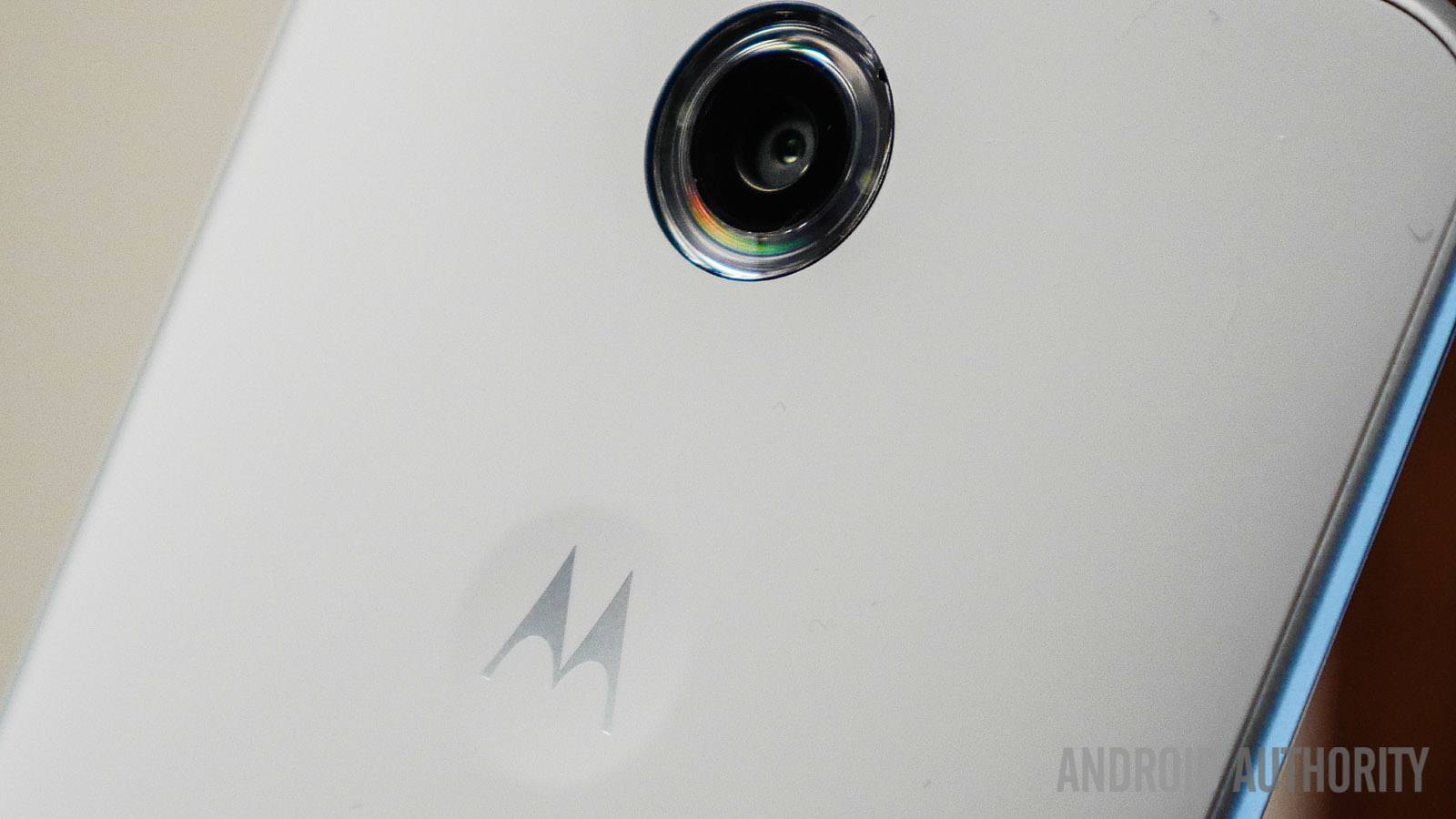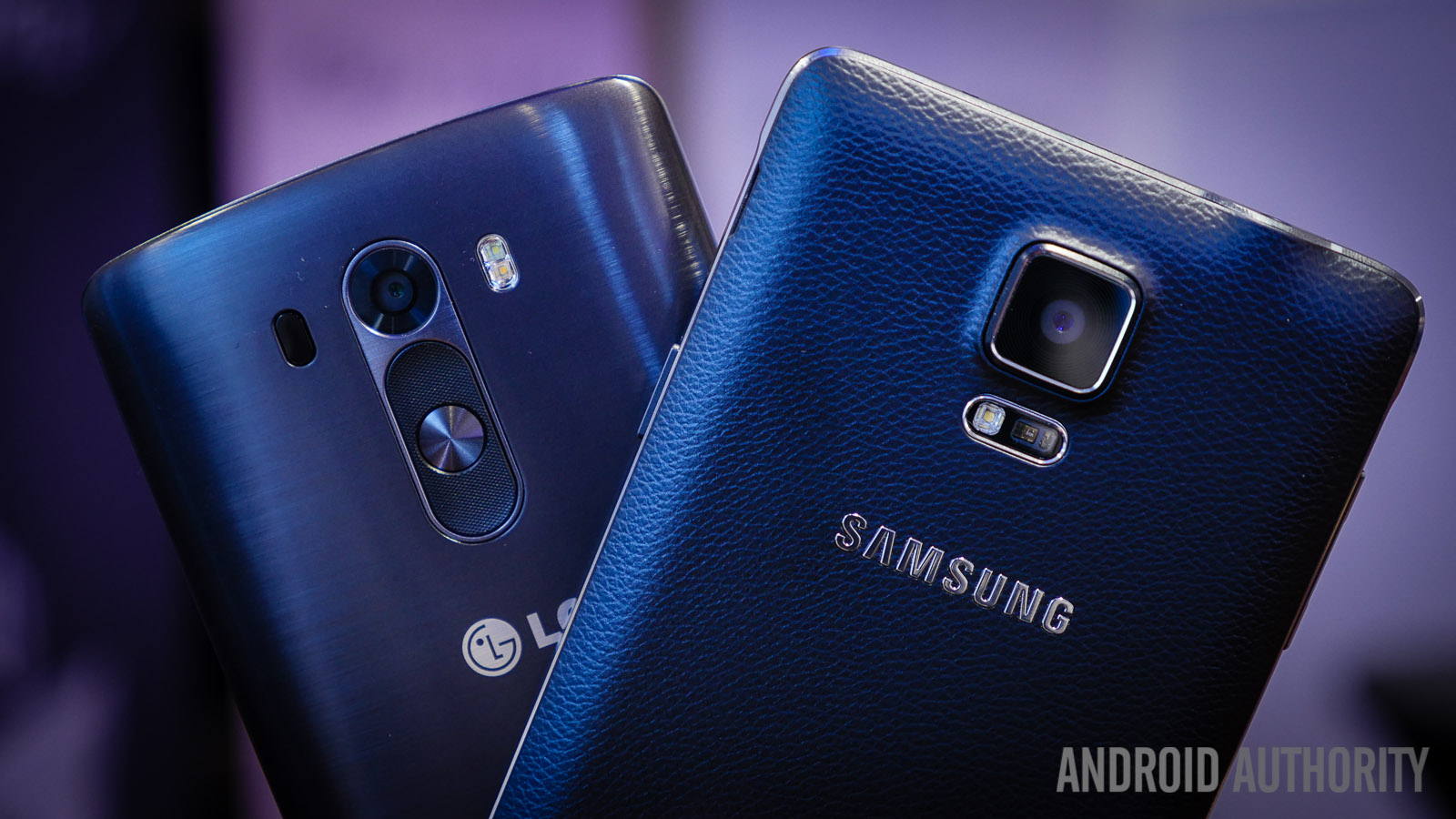Affiliate links on Android Authority may earn us a commission. Learn more.
Further growth expected in dual camera and OIS modules

Camera technology is an integral part of the smartphone package these days, with OEMs racing to include the latest and greatest photography hardware and features. As a result, the market for high resolution image sensors, Optical Image Stabilization (OIS) modules and dual-camera compatible components is becoming increasingly big business.
From 2013 to 2014, the CMOS Camera Module market grew by 13.4 percent to a value of $16.4 billion. The industry is anticipating further growth of another 15.9 percent to $19 billion come the end of 2015. OIS technology and higher resolution sensors are expected to spur on much of this growth.
Given that high-end smartphones, such as the Galaxy Note 4, Nexus 6 and LG G3, have already adopted OIS modules, the expectation is that the vast majority of flagship smartphones will include the technology in 2015, with the potential for the technology to reach mid-range handsets too. Estimates put shipments of OIS equipped handsets at around 178 million in 2015, surging by 145% against 2014, and could reach 361 million by 2017.

Although Sony’s high-end image sensors continue to lead the competition by quite a margin, other companies have managed to benefit from improvements in other camera components. Largan controls almost 90 percent of the profit generated from camera module lenses and has pushed many South Korean competitors to their margins. Sharp has benefited greatly from OIS developments and Sunny Optical Technology has seen its revenue rise due to demand from growing OEMS, including Xiaomi, Lenovo and OPPO.
Dual image sensors are another growing technology, but industry insiders don’t expect this idea to catch on in flagship handsets in the same way as OIS has. Hardware isn’t the problem, as such, as both Qualcomm and MediaTek have taken strides to support multi-sensor camera setups and software functions into their chips.
Instead, the cost of implementing dual 8 megapixel or high image sensors is not worth the small feature set obtained from a dual setup, especially as it does not go towards increasing image capture quality. This could be the reason why HTChas chosen to stick with its lower resolution Ultrapixel sensors in its dual-camera smartphones and has marketed them as more reasonably price mid-range smartphones.
Further down the line, optical zoom technology could also made an appearance in smartphone cameras, although this isn’t expected until 2016 or later. What smartphone camera features do you think are the most important when choosing your next smartphone?